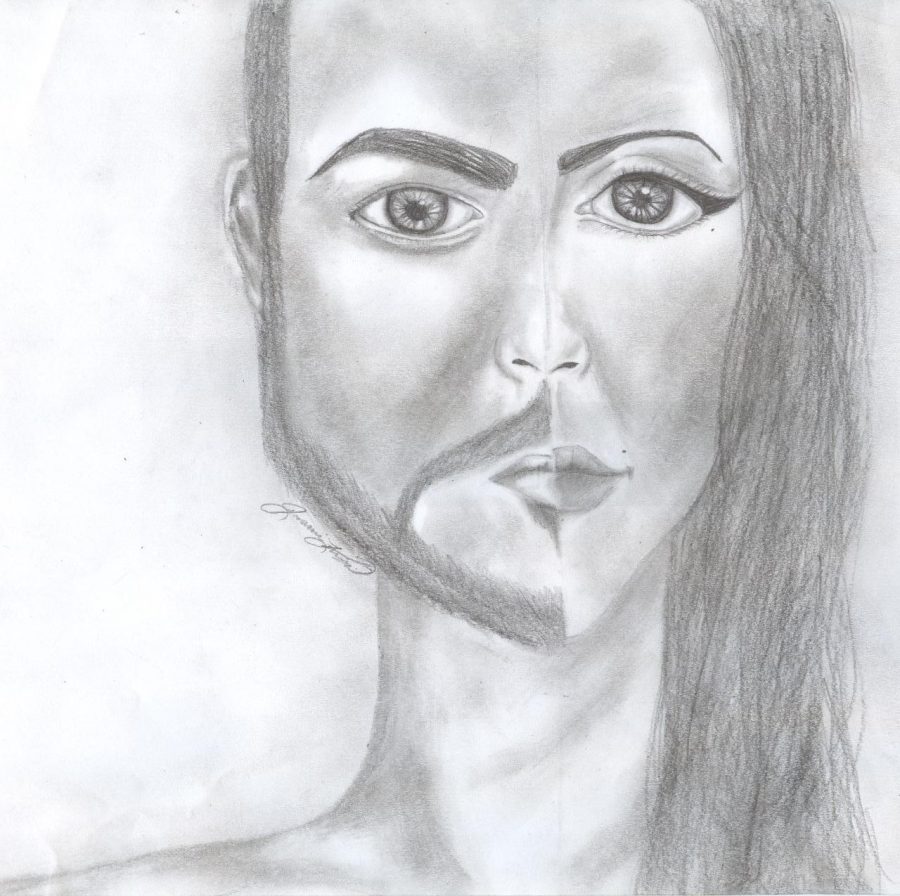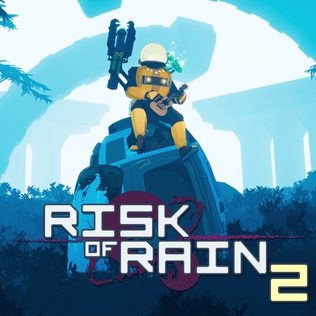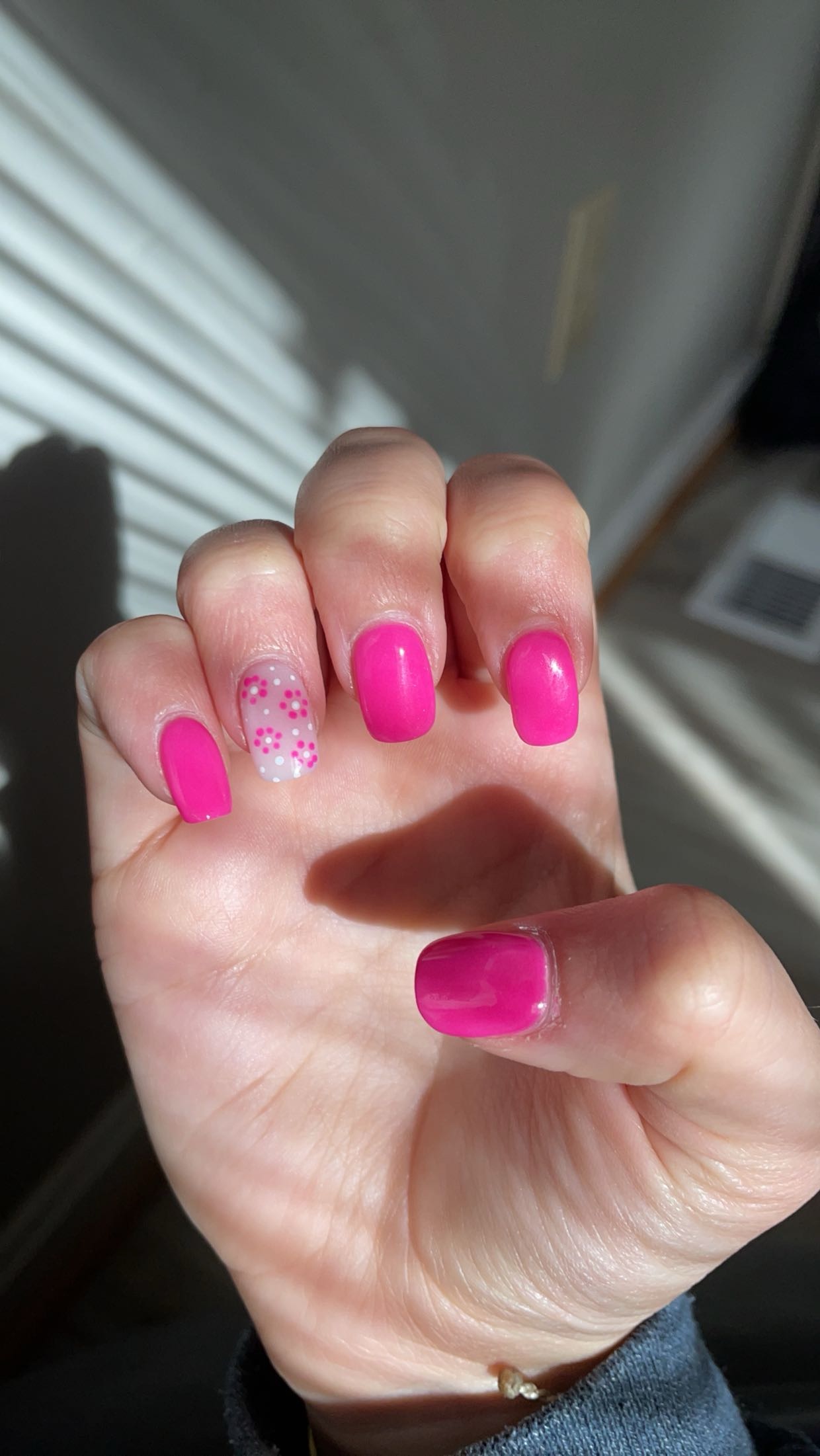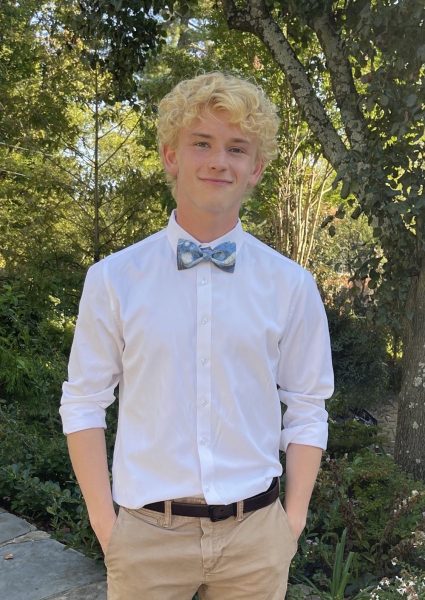Transgender comes to forefront; Students share stories, advocate for chosen gender identities
February 11, 2015
Check one box: male or female. Gender is ingrained very early on; however, not everyone feels as if they belong exclusively on one side of the traditional male-female spectrum, nor do they necessarily conform to the gender they were assigned at birth.
2014 alumna Gabi Arvelo is genderqueer – a catch-all term for people who identify as both genders, or none at all, or who generally fall in between on the spectrum of male and female.
“Being genderqueer means that you pretty much don’t identify as one gender,” Arvelo said. “It falls under the huge transgender umbrella, and there’s different types of genderqueer. Some predominantly dress in a masculine or feminine way, but others try to look as androgynous as possible and avoid using any gender-specific pronouns.”
Arvelo believes that society does not accept transgenderism in part because of a staunch opposition to attempting to understand it.
“Being genderqueer is mostly met with confusion because it’s like it isn’t even a thing – it’s just such a small amount of the population who identify as [being genderqueer],” Arvelo said. “Sexuality is more easily accepted and understood, but the matter of gender is completely different. I went to a gender therapist for a while, and I liked it because you figured things out about yourself. It was kind of weird because gender is something you’re born with and should understand, but for people like me, it isn’t as easy. Some people can’t or simply don’t want to understand genderqueers.”
Sophomore Darcy Fitz (whose name has been changed to protect privacy) was born a girl but identifies as male.
“As a female, I noticed very early on that I never gained any respect, but that males did. I was neglected and rejected just because of my gender,” Fitz said. “I realized that I didn’t hate myself, or how I looked, but that I hated my gender. Even the feminine pronouns annoyed me. For a time I even asked people to call me by my given name, because it’s more traditionally masculine.”
Fitz is hesitant to fully come out to his peers because of fear that they’ll reject him. Fitz believes that society harbors many misconceptions about transgenderism.
“I’m reluctant to tell people because they can be very judgmental. There’s the big fear of being rejected for my preferences. If I told people, they’d probably know me as ‘Darcy, the girl who is very confused,’” Fitz said. “A lot of the time when people think ‘transgender,’ they think of weird guys with breasts, or drag queens, or that they’re just doing it to become pornstars or something. But what they don’t realize is that when people do this, they just aren’t comfortable with who they’re being perceived as. You can’t make judgments on someone based on stereotypes.”
Sophomore Morgan Fayette (whose name has been changed to protect privacy) identifies as being non-binary, which refers to gender identities that don’t fit within the accepted binary of male and female. Fayette prefers gender neutral pronouns such as “them” or “their.” However, other non-binaries and genderqueers prefer alternative pronouns, such as “ze” or “hir.”
“For a while I was mostly just really confused and uncomfortable about it until I discovered that things outside of male and female actually existed,” Fayette said. “It was around puberty when I first started freaking out about my body, and that was tolerable for a while until I started becoming uncomfortable socially, too. I would get irritable whenever people would call me a girl, or if we were divided up into groups of girls and boys during gym. I always felt uncomfortable.”
Overall, Fayette says that they’ve been warmly received by those they’ve come out to.
“I’ve already told a lot of my close friends and all of them have reacted really well,” Fayette said. “There are certain people I’m avoiding saying anything to because I’m not sure about how they would react, but so far everyone I’ve talked to about it has been really great and supportive, and they’re all making an effort to use my preferred pronouns.”
Transgenders often experience dysphoria, a state of extreme unease or dissatisfaction with the gender assigned at birth.
“[Dysphoria] is when people don’t recognize you as the gender you identify as, or you don’t feel as if your appearance corresponds with your gender,” Fayette said. “It’s a terrible feeling, and really lonely in a way.”
Fitz plans to eventually undergo sex reassignment therapy.
“I want to do it the moment I turn 18,” Fitz said. “Being referred to as a gender you aren’t is a psychological trigger – imagine feeling uncomfortable every moment of every day. As a female, people don’t know who I really am – it’s a sense of wrongness, both internally and externally.”
International attention was brought to the subject of transgenderism following the suicide of transgender girl Leelah Alcorn, who was raised in a conservative Christian household in Ohio with disapproving parents. Alcorn left a suicide note to her Tumblr blog, on December 28, 2014, highlighting societal standards that affect transgender people in the hope that her death would highlight the treatment and perception of transgender people.
“It’s sad that it took the suicide of a beautiful girl for [transgenderism] to gain awareness,” Fitz said. “But it was a spark. There was a whole war based upon slaves getting their freedom, and things have to change for [transgenders], as well. I know how it feels to have your identity put down, and when people have their identity, their gender shunned, it’s an injustice.”
According to the Williams Institute, approximately 41 percent of transgender people attempt suicide, which dramatically exceeds the U.S. overall average of less than 4 percent. Additionally, 69 percent have been homeless at one point, and approximately 70 percent report experiencing sexual or physical abuse at school.
“I don’t know why it was this suicide that’s been brought to international attention,” Fayette said. “It’s certainly not the first. I’m just sad that somebody had to die.”
Fitz believes part of the opposition to transgenderism stems from religion.
“Some religious practices are against transgenderism because they state that God gave us our bodies, and that it would be blasphemous to change it,” Fitz said. “But God also gave us freewill, and the ability to do with our bodies what we’d like.”
Fitz hopes for eventual transgender acceptance.
“I think [transgenderism] will become normal, in time,” Fitz said. “I feel like gayness is more easily accepted because with transgenderism, you’re actually altering the body; it can be hard for other people to accept.”
And statistics look promising. Sixty-seven percent of Americans aged 18-29 support making it illegal for a workplace to discriminate against a person due to their sexuality, including transgender people, as opposed to only 42 percent among seniors.
“We’re all still just people,” Fitz said


















Tessa Fisher (@spacermase) • Apr 8, 2015 at 2:07 pm
Oh, also- transgender is an adjective, *never* a noun. So it should be “transgender people”, not “transgenders”.
fhsfalconer • Apr 9, 2015 at 2:43 pm
Hi Tessa, I’m Lana, author of the article. Thanks for the note! That was an oversight on my part.
Tessa Fisher (@spacermase) • Apr 8, 2015 at 2:03 pm
FHS (and society in general) has come a long way! I wouldn’t have dreamed of admitting I was trans to a newspaper reporter back when I was there (of course, at the time I wasn’t really too keen on admitting it to *myself*, either…denial just ain’t a river in Egypt, as the jokes goes).
-Tessa Fisher, FHS ’05
Jen • Feb 11, 2015 at 4:23 pm
Suggestion for a follow up article; How school administrators plan to make the learning environment less stressful for these students?